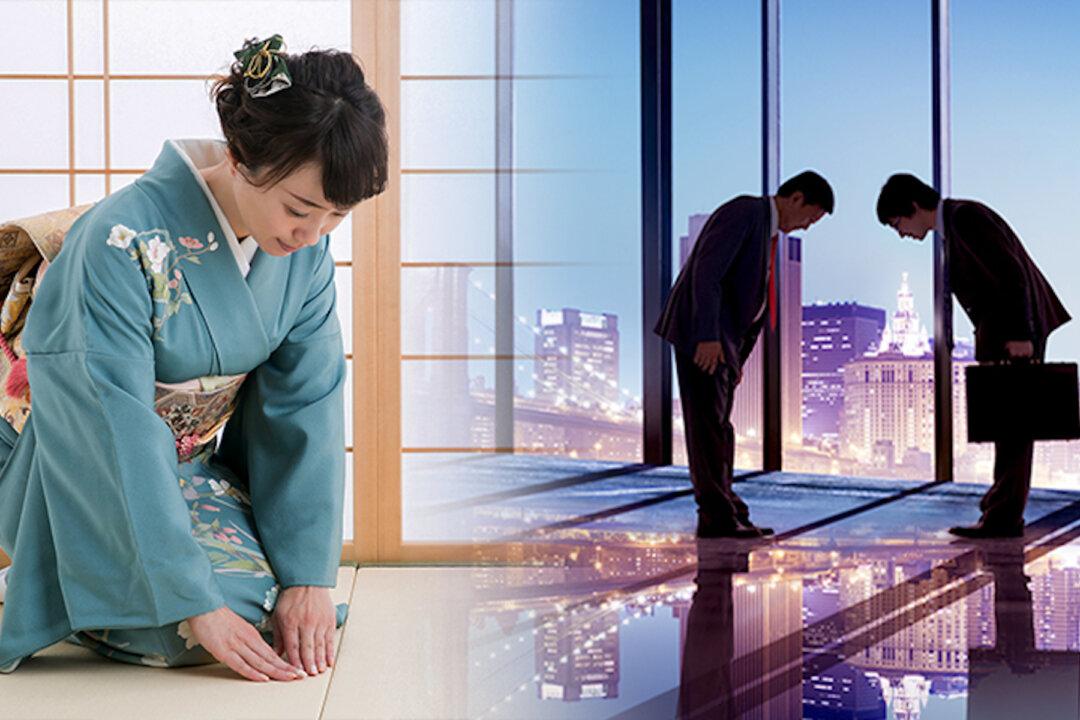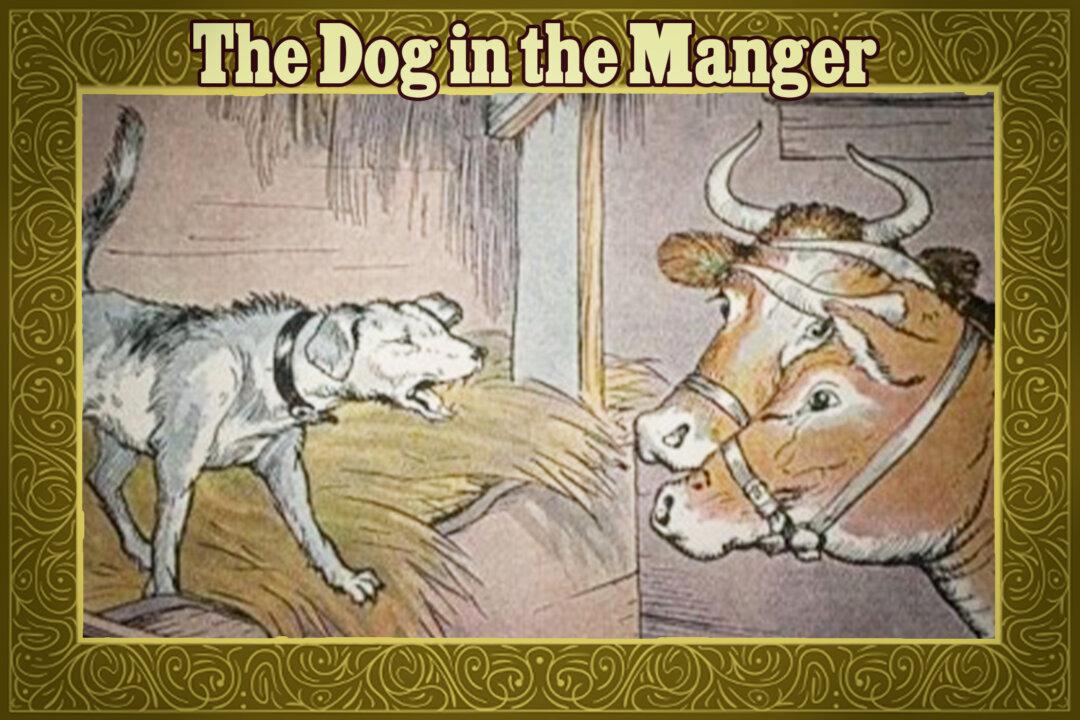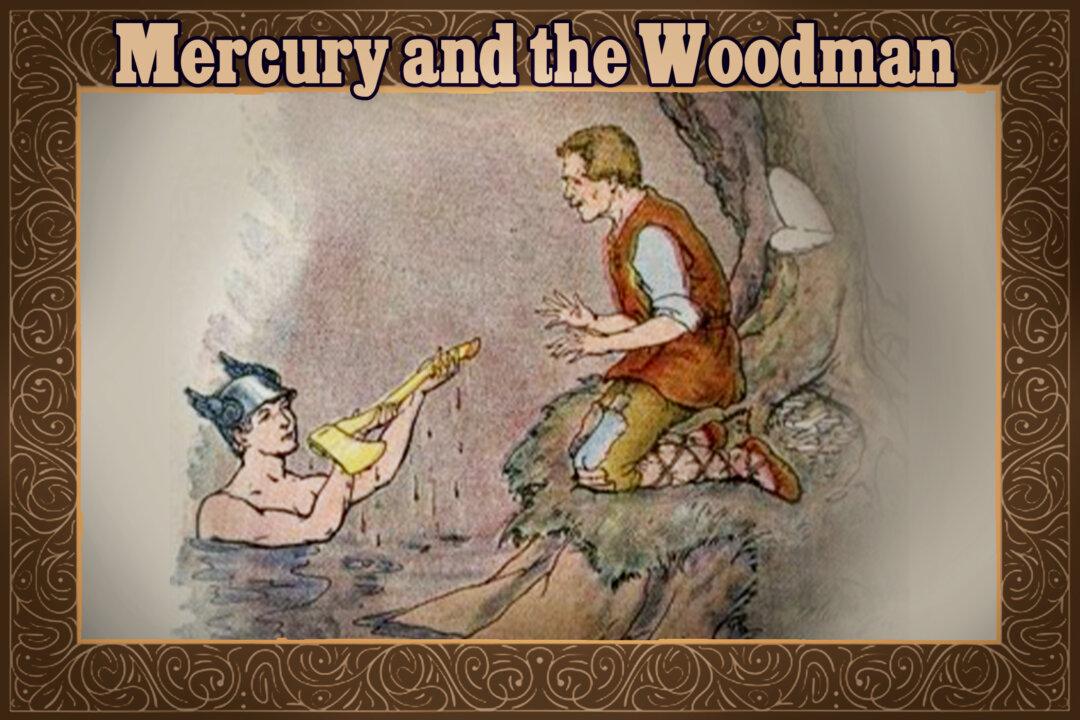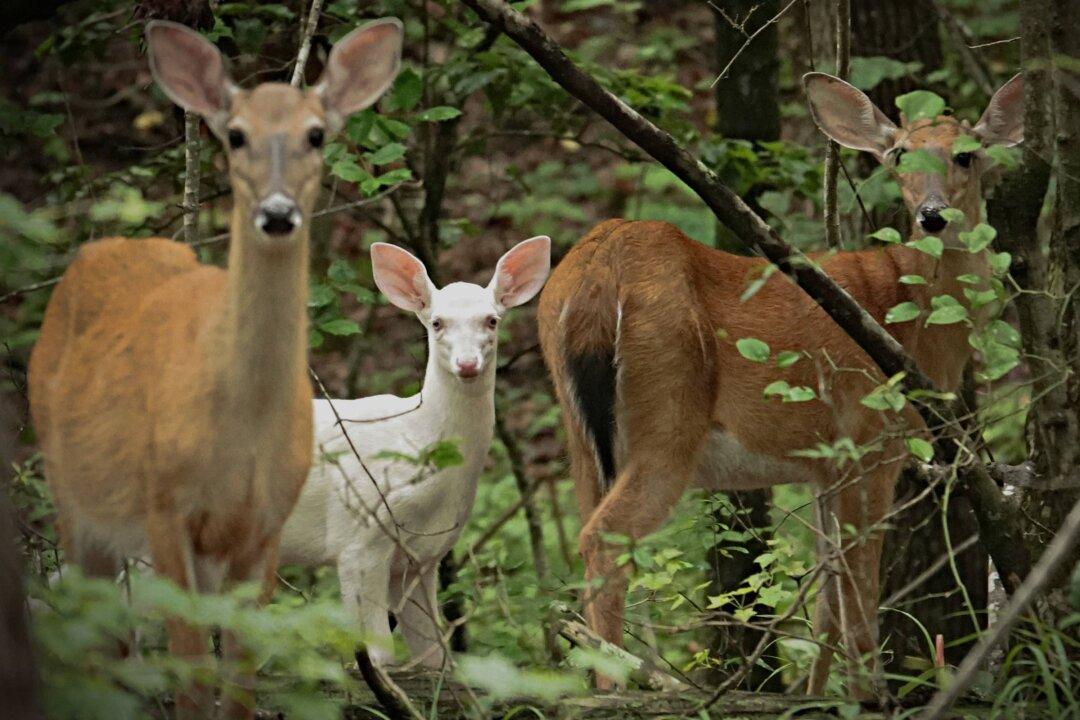Japan is known as the land of the rising sun. Apart from being a society filled with the most cutting-edge technologies, ancient traditions are unforgotten and practiced widely.
Honor and self-respect betoken cultural refinement in this Asian country. A testament to this is evident with the “bow.”






